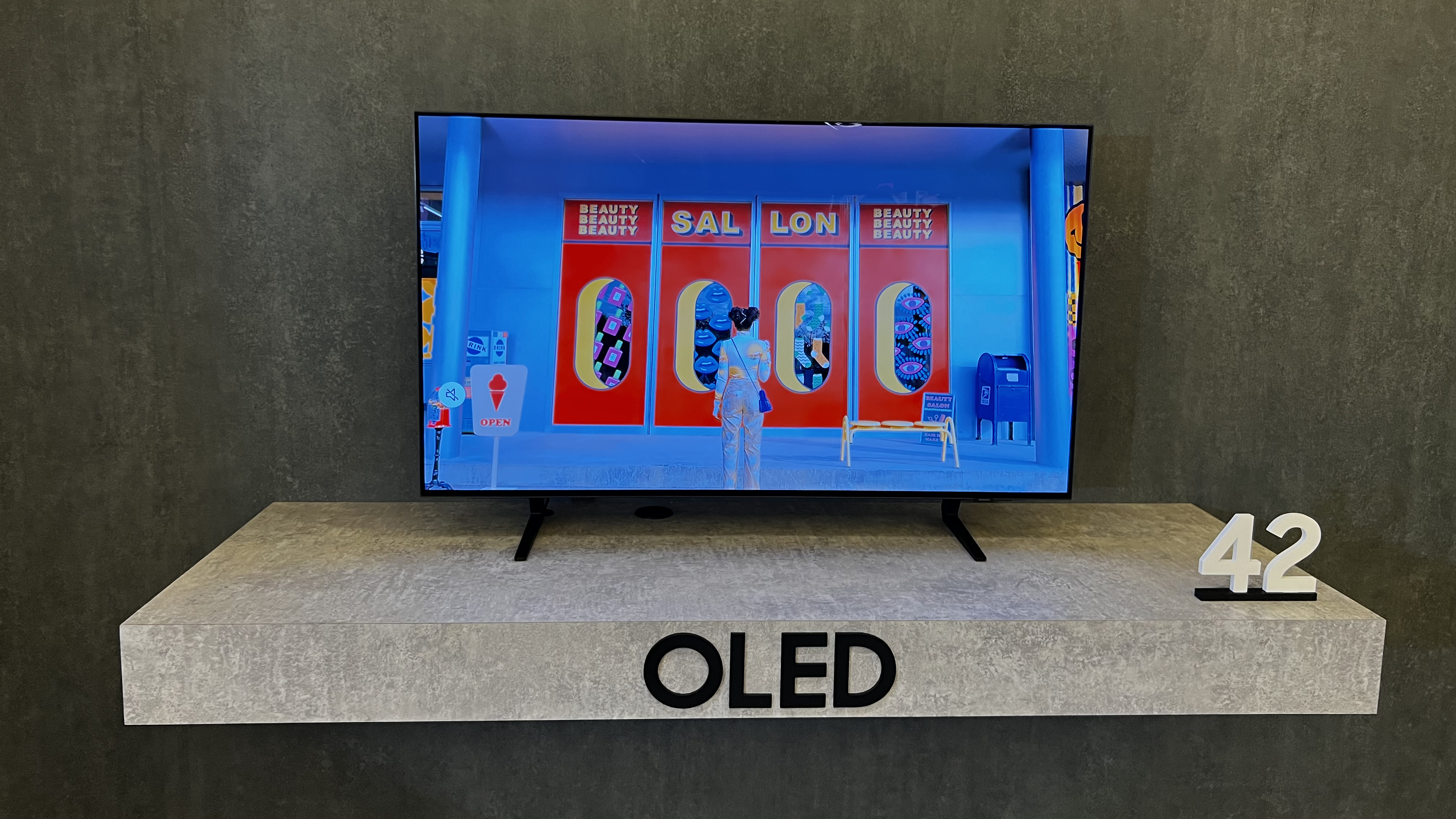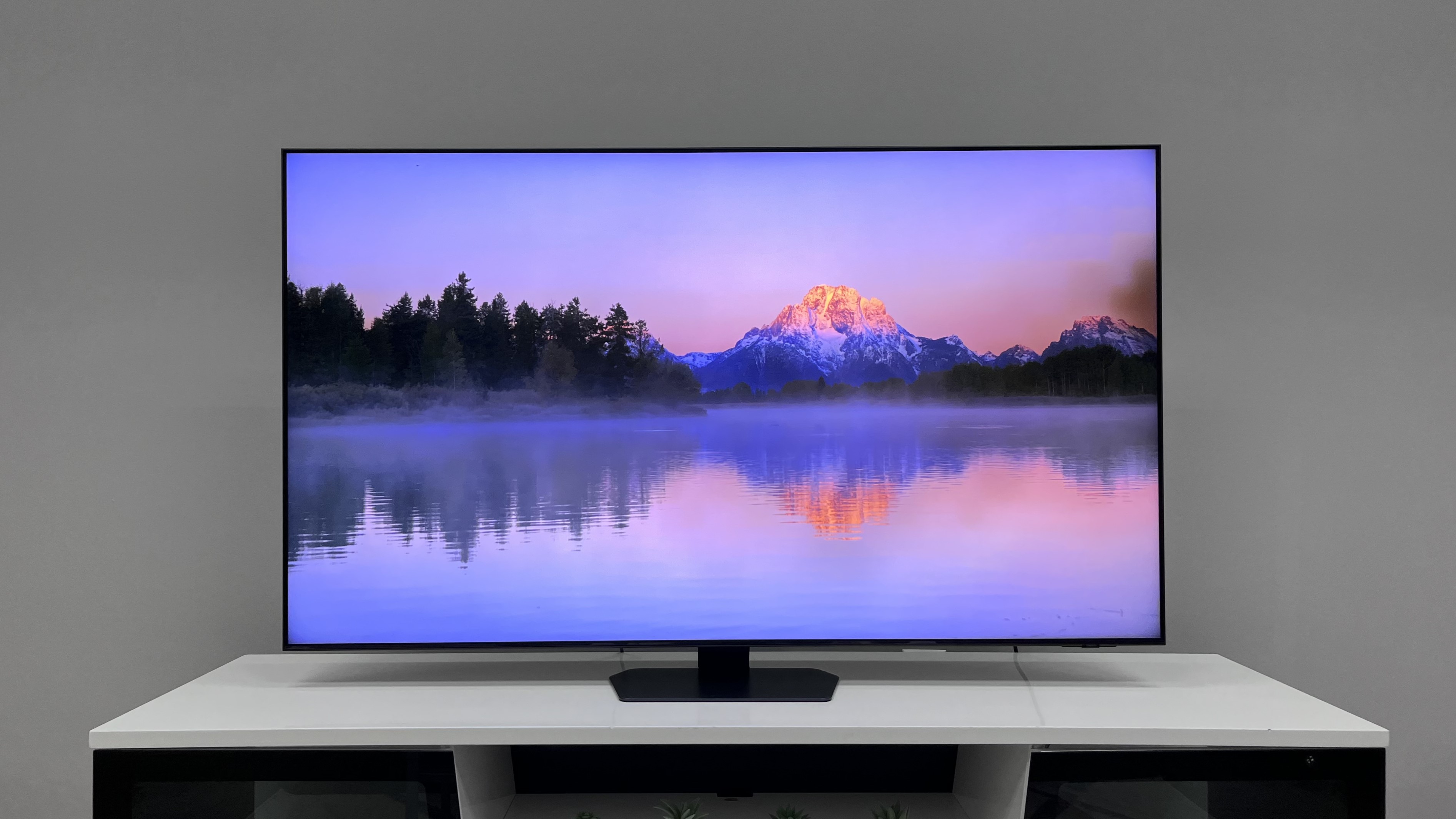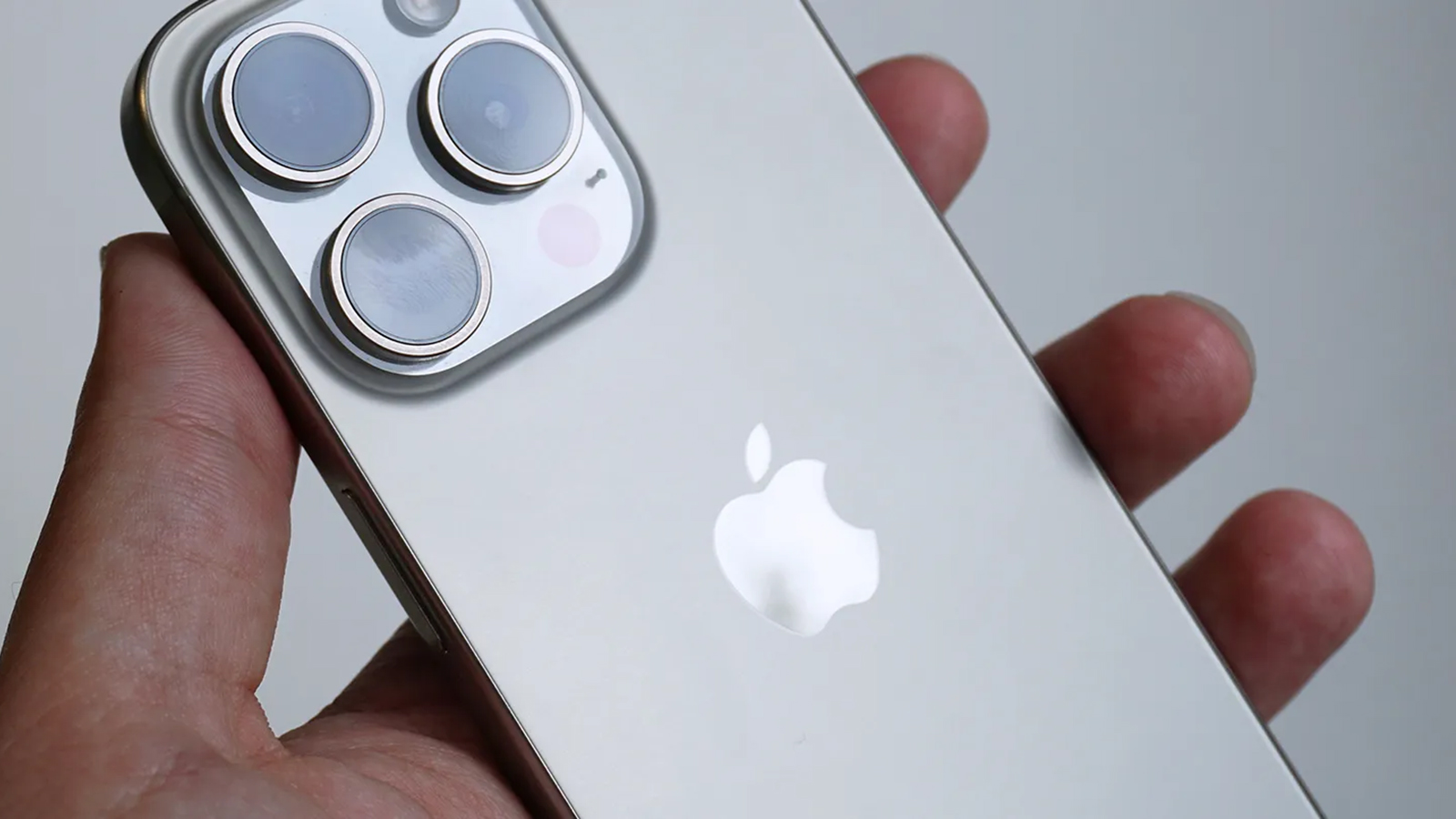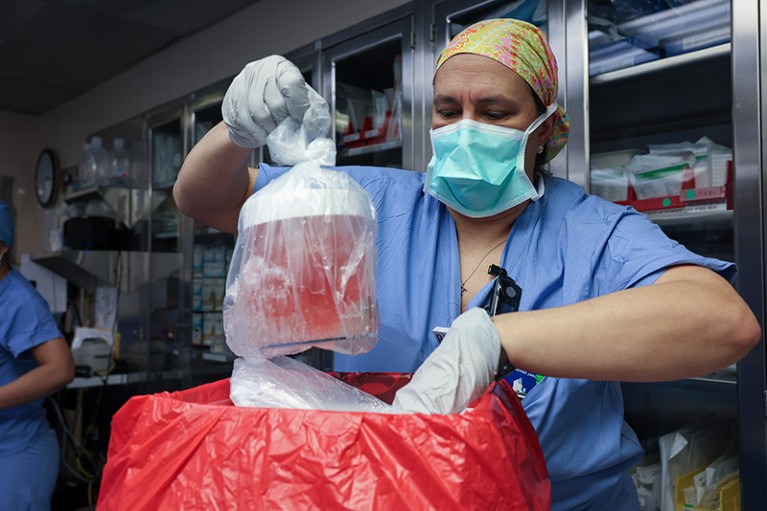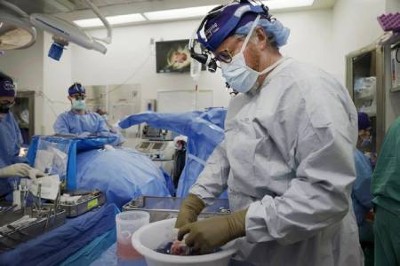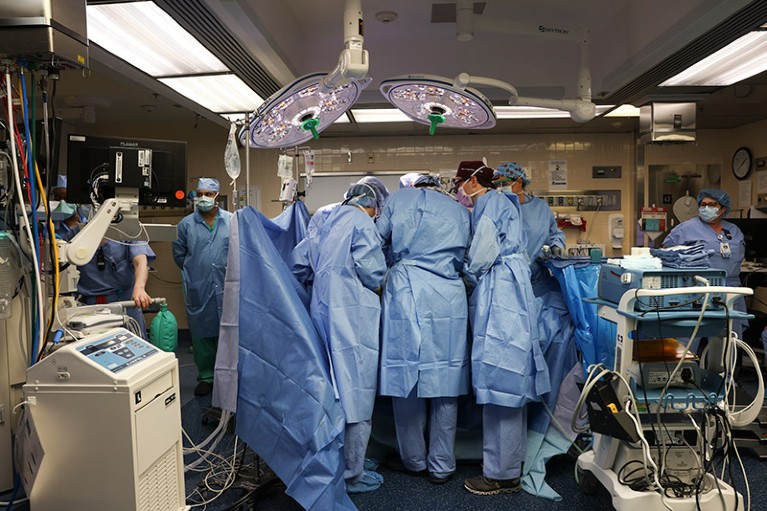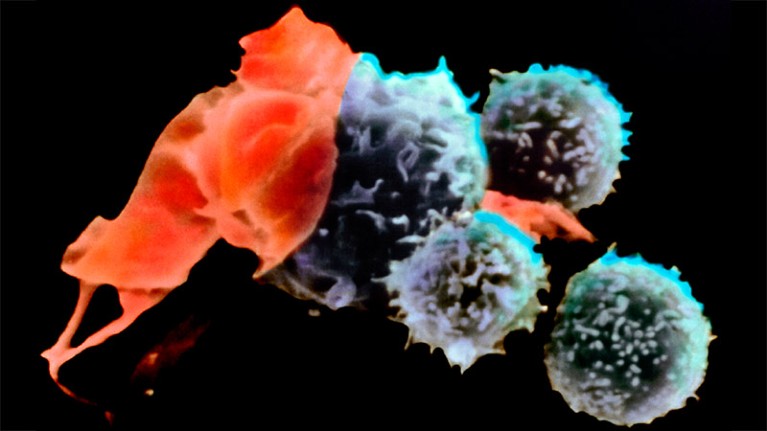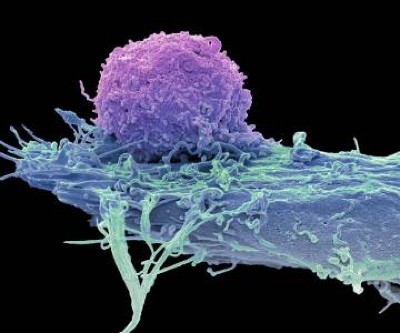[ad_1]

“Data is the new oil.”
My colleague, Dr. Srinivas Mukkamala, recently made that assertion, and I’ve been repeating it ad infinitum—for good reason. Dr. Mukkamala made the wise point that those who collect, own, and control data have enormous influence over our world. Data informs everything from how much funding schools get to selecting the right lifesaving treatment for a critical patient.
You’ve likely heard the phrase, “garbage in, garbage out.” It’s pretty self-explanatory. If your inputs are flawed, your outputs will be flawed.
SVP Product Management for Secure Unified Endpoint Management at Ivanti.
But what if you don’t know your inputs are flawed?
Data bias is an epidemic. As much as we’re increasingly entering an AI-driven world, humans are still the nuclei of source material. Spoiler alert: humans are flawed. Humans are biased. Therefore, data is flawed and biased. Data models are flawed and biased. Outputs are flawed and biased.
Depending on the context, the implications can be catastrophic. In some cases, those implications are quite literally life or death. At an enterprise level, flawed data tends to catalyze a vicious cycle: bad data informs a model; that model’s outputs are used to inform future models; bad data metastasizes. Repeat. Anyone who’s seen The Last of Us can support this narrative with a visualization of nefarious, out-of-control growth. (Sorry for that. But at least I got your attention!).
Long story short: Data accuracy is everything. Without complete, accurate data, you can only be reactive; you can’t be proactive.
From streamlining operations to driving strategic decisions, organizations rely on accurate and accessible data to stay competitive and meet evolving demands. The problem: it can be incredibly challenging to ensure that data is accurate and accessible, and that challenge weighs heavily on those attempting to navigate competitive asset management and service delivery.
Aside from all the fearmongering I waged above, inaccurate data can lead to slower ticket resolution, increased security risks and higher costs, hindering your ability to provide market-competitive, efficient services.
The good news is that you don’t need to endure all the shenanigans from The Last of Us to combat the challenge of data accuracy and accessibility. To address these challenges, savvy organizations are discovering new and innovative solutions and best practices that shore up governance, elevate data reconciliation, and make the most of AI-driven insights. Here’s a primer for you:
Are your insights actually insightful?
Data reconciliation is at the heart of effective asset management and service delivery. It involves comparing and aligning data from multiple sources to identify discrepancies and ensure consistency. By reconciling data across various systems and sources, organizations can establish a single source of truth, enabling informed decision-making and actionable insights.
Data reconciliation is crucial in ensuring the accuracy and trustworthiness of AI-driven recommendations, which rely heavily on high-quality data for training and operation.
Eliminating blind spots and data silos
Lack of visibility is bad data’s best friend. Bad data will happily sneak through any blind spot available. The opposite is also true. To leverage AI and advanced analytics effectively, enterprises must first eliminate blind spots and break down data silos. Blind spots, or gaps in data visibility, can lead to significant overspending and inefficiencies.
Improving asset visibility and monitoring pays off in big ways, highlighting hidden costs and proactively reducing expenses. Similarly, consolidating data silos — disparate repositories of information — facilitates a holistic view of enterprise assets and operations. By combining asset inventory, management software, service maps and other data sources, enterprises can achieve a 360-degree view of assets and, ultimately, optimize performance.
Establishing data governance and privacy frameworks
So far, we’ve covered data reconciliation and eliminating blind spots. But that’s only half the battle. Robust data governance is critical to ensuring data integrity — and so is establishing privacy. Your inputs can be top-tier, but if there’s a risk of breaches or tampering (malicious or inadvertent) along the way, you’re out of luck—unless you have data governance and privacy frameworks in place.
At the simplest level, data governance includes the policies, procedures, and controls that govern data usage, ensuring data quality, integrity, and security. Data governance and privacy frameworks help enforce data standards, ensure compliance, safeguard consumer trust, enhance data quality and mitigate risks associated with data misuse or unauthorized access.
AI and automation in service management
As enterprises embrace AI and automation, the role of IT teams is evolving. AI-powered enterprise service management (ESM) solutions are revolutionizing workflows, throughput and agility – enabling organizations to deliver efficient and responsive services.
By leveraging AI and automation, it’s simpler than ever to streamline IT operations, reduce manual tasks and enhance digital employee experience (DEX). From automating ticket resolution to empowering helpdesk specialists with AI-driven insights, AI and automation can take on the heavy burden of rote, routine tasks and free up IT specialists to focus on strategic initiatives.
Of course, that comes with a caveat: remember “garbage in, garbage out”? AI and automation only positively enhance operations if they’re based on platforms/solutions and models rooted in accurate, secure data. That means deploying a trusted, proven solution — ideally, a streamlined suite of solutions that can eliminate gaps and simplify administration.
If you made it this far, congrats: you get the summary of takeaways. If you remember nothing else, remember this:
- Accurate data is essential for proactive, efficient service.
- Inaccurate data leads to slower ticket resolution, increased security risks, and higher costs — at best.
- Data reconciliation is crucial for accurate, trustworthy AI recommendations.
- To leverage AI in service management, make sure you eliminate blind spots, remove data silos and establish data governance/privacy frameworks.
Data is only going to become more important. That means data accuracy is only going to become more important. Now’s the time to get ahead of it by establishing the infrastructure needed to make data a source of power, not a liability.
We’ve featured the best data recovery software.
This article was produced as part of TechRadarPro’s Expert Insights channel where we feature the best and brightest minds in the technology industry today. The views expressed here are those of the author and are not necessarily those of TechRadarPro or Future plc. If you are interested in contributing find out more here: https://www.techradar.com/news/submit-your-story-to-techradar-pro
[ad_2]
Source Article Link



